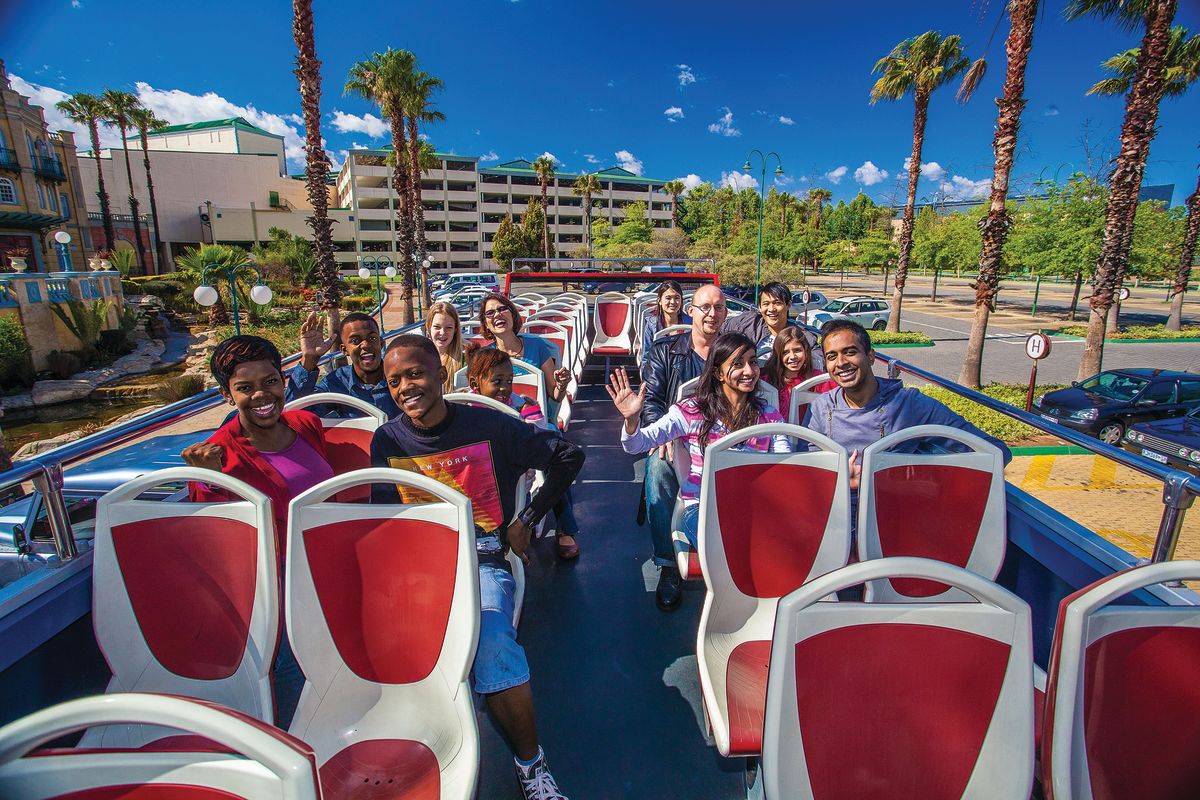Not known Facts About Johannesburg North Attractions
Not known Facts About Johannesburg North Attractions
Blog Article
Get This Report on Johannesburg North Attractions
Table of Contents5 Easy Facts About Johannesburg North Attractions DescribedThe Best Guide To Johannesburg North AttractionsThe smart Trick of Johannesburg North Attractions That Nobody is Talking AboutJohannesburg North Attractions Can Be Fun For AnyoneHow Johannesburg North Attractions can Save You Time, Stress, and Money.All About Johannesburg North Attractions
The city expanded on the edge of the Witwatersrand Key Reef, a subterranean stratum of gold-bearing quartz-silica empire that arcs for hundreds of miles under the Highveld - Johannesburg North attractions. Many of the gold mines in the city stopped procedure in the 1970s, yet in its day the Witwatersrand gold sector accounted for even more than 40 percent of the globe's annual gold production.Johannesburg has a warm climate. The city delights in regarding 8 hours of sunshine per day in both winter and summertime.
What rainfall the city obtains drops virtually specifically in the summertime months, typically in stunning late-afternoon electric tornados., where numerous residents still depend on coal for gas.

What Does Johannesburg North Attractions Mean?
The balance of the city is inhabited by whites. Holiday accommodation differs in character and top quality. Soweto is infamous for its countless rows of municipally built, two-room matchbox homes, yet it additionally has a couple of thriving enclaves in addition to brimming squatter camps, where tens of thousands live without water, electrical energy, or sanitation centers.
Physical growth, although somewhat limited by transport, continued quickly as migration to South Africa, and Johannesburg in specific, boosted considerably. This trouble was solved in the 1930s when the vehicle was introduced in mass production to South Africa. Cars were, essentially, restricted to the affluent, and permitted them to relocate to the north of the city and commute right into the centre.
The majority of poor suburbs were combined, with poor blacks and whites living with each other, although the well-off suburbs were typically reserved for whites.
The previous system of eleven numbered areas was reorganised in 2006. Marshalltown, as seen from the top of the Carlton Centre. The M1 and M2 run behind the structures, and the southern residential areas expand past the freeway limit. The inner city of Johannesburg lies within the city's Region F. The estimated population of the area is 200,000, [] yet the variety of people staying in the inner city on an informal basis is unknown, as several are prohibited immigrants. The majority of higher-income residents and white individuals have actually moved to the northern suburbs and have been changed by lower-income black individuals. The unemployment, education and learning, and age accounts of the area are all unidentified, as a result of the trouble of obtaining reliable information regarding the area.
Johannesburg North Attractions Things To Know Before You Get This
Yeoville and Bellevue have a mix of apartment and solitary residential units on small lots. The area is situated on a hilly divide that runs from eastern to west. The most obvious geographical feature is Observatory Ridge, which is named for the large observatory situated on it. The recreational rooms are no much longer utilized, due to security issues.

See This Report on Johannesburg North Attractions
The eastern suburbs are some of the earliest locations of Johannesburg, there are huge neighborhoods of Jewish and various other European backgrounds, the majority of the population is English speaking. There are three golf training courses as well as a number of protected ridges with viewsites.
The location is mainly made up of old "matchbox" houses, or four-room residences developed by the federal government, that were developed to provide economical accommodation for black workers throughout racism. Soweto is click to investigate an abbreviation, standing for "South Western Townships". Road after street in this field is lined with matchboxes; however, there are a couple of smaller sized locations where flourishing Sowetans have actually constructed homes that are a lot more comparable in stature with those in even more upscale suburbs.
Hostels read what he said are another noticeable physical function of Soweto. Originally developed to house male migrant employees, many have been enhanced as dwellings for pairs and families. The N1 Western Bypass skirts the eastern limit of Soweto. The suburban area was not traditionally allowed to develop employment centres within the area, so nearly all of its residents are commuters to various other parts of the city.
Everything about Johannesburg North Attractions
The N1 Western Bypass connects the northern suburbs with the north-western suburbs. The houses in the north suburban areas are primarily official, without considerable areas of informal housing, or real estate that lacks an irreversible structure. Although this is a well-known location, there is a trend of land usage change from household to commercial, especially along major arterial roads and around recognized nodes.
The location is well connected to road networks, especially along the north-south axis formed by the M1 and visit N1. Roads to the eastern and west are less well created, as there are no highways travelling in that direction. In the direction of the north border of the city, the thickness of advancement lowers, leaving big areas of undeveloped land around Midrand.
Get This Report about Johannesburg North Attractions
, which is situated on a hill neglecting the inner city and Hillbrow.
Report this page